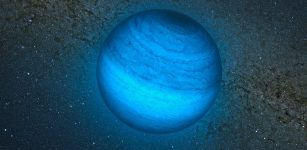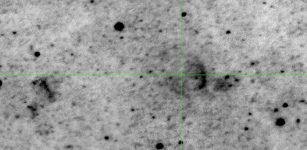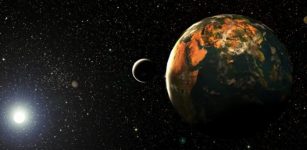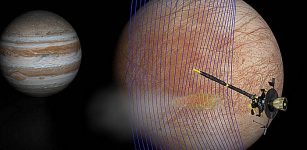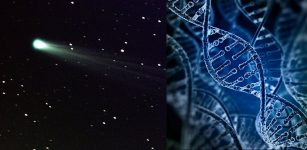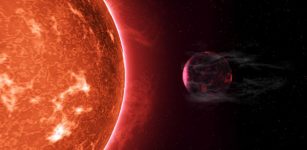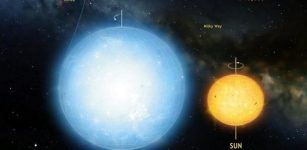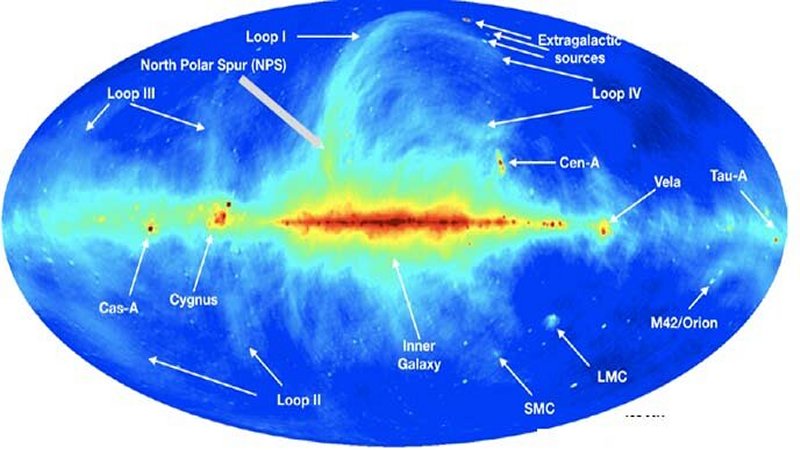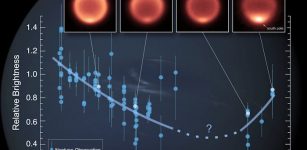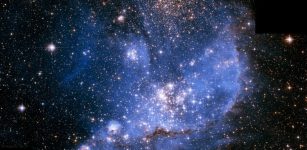Milky Way May Be Catapulting Stars Into Its Outer Halo – New Study
Eddie Gonzales Jr. – MessageToEagle.com – Milky Way could be catapulting stars into its outer halo, UCI astronomers say.
The study is important because it challenges held notions of how star systems have formed and evolved over billions of years.
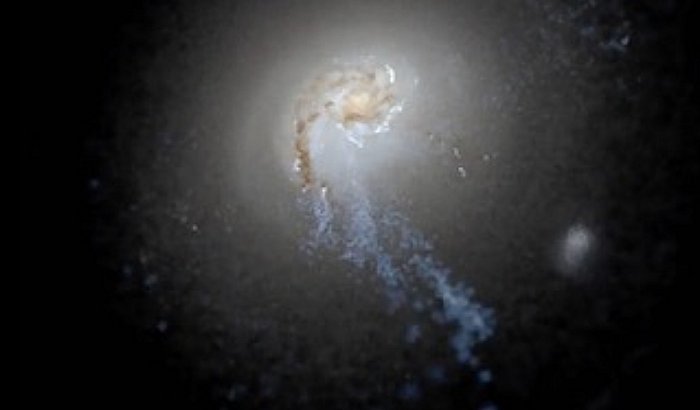 A simulated galaxy image from the FIRE-2 project, representing a structure spanning more than 200,000 light years, shows the prominent plumes of young blue stars born in gas that was originally rotating and then blown radially outward by supernova explosions. Courtesy of Sijie Yu / UCI
A simulated galaxy image from the FIRE-2 project, representing a structure spanning more than 200,000 light years, shows the prominent plumes of young blue stars born in gas that was originally rotating and then blown radially outward by supernova explosions. Courtesy of Sijie Yu / UCI
New findings of astronomers from the University of California, Irvine and their colleagues show that clusters of supernovas can cause the birth of scattered, eccentrically orbiting suns in outer stellar halos of galaxies.
Using hyper-realistic, cosmologically self-consistent computer simulations from the FIRE 2 project (Feedback in Realistic Environments 2) astronomers have modeled the disruptions in galactic rotations, which would otherwise be considered orderly.
“These highly accurate numerical simulations have shown us that it’s likely the Milky Way has been launching stars in circumgalactic space in outflows triggered by supernova explosions,” said senior author James Bullock, dean of UCI’s School of Physical Sciences and a professor of physics & astronomy.
“It’s fascinating because when multiple big stars die, the resulting energy can expel gas from the galaxy, which in turn cools, causing new stars to be born.”
Astronomers have long assumed that galaxies are assembled over lengthy periods of time as smaller star groupings come in and are dismembered by the larger body, a process that ejects some stars into distant orbits.
The UCI team is proposing “supernova feedback” as a different source for as many as 40 percents of these outer-halo stars.
“The FIRE-2 simulations allow us to generate movies that make it seem as though you’re observing a real galaxy,” Sijie Yu, a UCI Ph.D. candidate in physics and lead author of the study, said.
“They show us that as the galaxy center is rotating, a bubble driven by supernova feedback is developing with stars forming at its edge. It looks as though the stars are being kicked out from the center.”
Bullock also said he did not expect to see such an arrangement because stars are such tight, incredibly dense balls that are generally not subject to being moved relative to the background of space.
“Instead, what we’re witnessing is gas being pushed around,” he said, “and that gas subsequently cools and makes stars on its way out.”
Based on simulations of galaxies forming, growing and evolving to the present day, there is actually a fair amount of observational evidence that stars are forming in outflows from galactic centers to their halos.
Bullock added that mature, heavier, metal-rich stars like our sun rotate around the center of the galaxy at a predictable speed and trajectory. But the low-metallicity stars, which have been subjected to fewer generations of fusion than our sun, can be seen rotating in the opposite direction.
He also said that over the lifespan of a galaxy, the number of stars produced in supernova bubble outflows is small, around 2 percent. But during the parts of galaxies’ histories when starburst events are booming, as many as 20 percent of stars are being formed this way.
Written by Eddie Gonzales Jr. – MessageToEagle.com Staff

